Inclusion and diversity have likewise been principles of the 92NY’s dance education program.
“For Kolodney and especially Doris Humphrey, dance was good for everybody—children, adults, professionals and pre-professionals. The aesthetic experience of immersing yourself in dancing and being given an opportunity for your own creative expression, regardless of your level of skill, was spiritually and emotionally good for people. It was an attitude that high quality dance is and should be for everybody,” Finkelstein said.
As dance performance thrived at the new Dance Center, so did education. All of those first performers—Graham, Weidman, Holm, Humphrey, and others—were also the 92NY Dance Center’s first dance faculty.
“Education was the original mission of the Y as a whole, and it continues to be,” Erin Lally, current co-executive director of the Dance Center, which is now called the Harkness Dance Center, said.
“For the early modern dancers, it was about access,” Alison Manning, Lally’s co-executive director, said. “[Through the Y] people could have access to the technique that was required to be a professional dancer in that arena. So, it was an avenue for choreography and expression while also being an avenue for inclusivity for so many other people.”
When curating the Dance Center’s programming and selecting artists in residence, Lally and Manning say they seek out artists who are also educators.
“It’s not just about seeing the [choreographic] work that they’re doing, but are they educators?” Manning said. “We’re really looking for people who want to come into our center and engage with kids, adults, or seniors, or work on a curriculum project.”
Recent artist-in-residence Dorrance Dance developed a tap curriculum for public schools during their residency. Baye & Asa, the contemporary dance duo who were in residence in 2021/22, taught classes on their choreographic process through the 92NY Dance Education Laboratory (which was started by Arnhold and Finkelstein in 1995 and serves current and aspiring dance teachers).
“The balance between education and performance has always been crucial in how the public understands the Y’s relationship to dance. It’s strongest when it’s an equal balance between those,” Finkelstein said.
The Harkness Dance Center at the Y features classes in all genres for all ages. Along with the Dance Education Laboratory, it also includes a Dance Movement Therapy program and an annual Future Dance Festival, which features emerging professionals through an audition process.
“Not only does dance reflect the mission of the Y—tikkun olam (a Hebrew phrase meaning “repair the world”), diversity, community, democratic ideals—the fact that the Y has been steeped in dance so long makes it a premiere cultural organization. [Dance] is the embodied mission.”
Manning and Lally intended for the March 12th celebratory performance to honor this mission by remembering the original dance titans who graced the early stage of the Y—Limón, Graham, and Ailey—while providing space for contemporary choreographers—Roberts, de Jesús, and Boykin. The performance itself asserted the Y’s intention to uphold its legacy while actively looking to the future.
“The story is still being written,” Finkelstein said. “Stay tuned.”


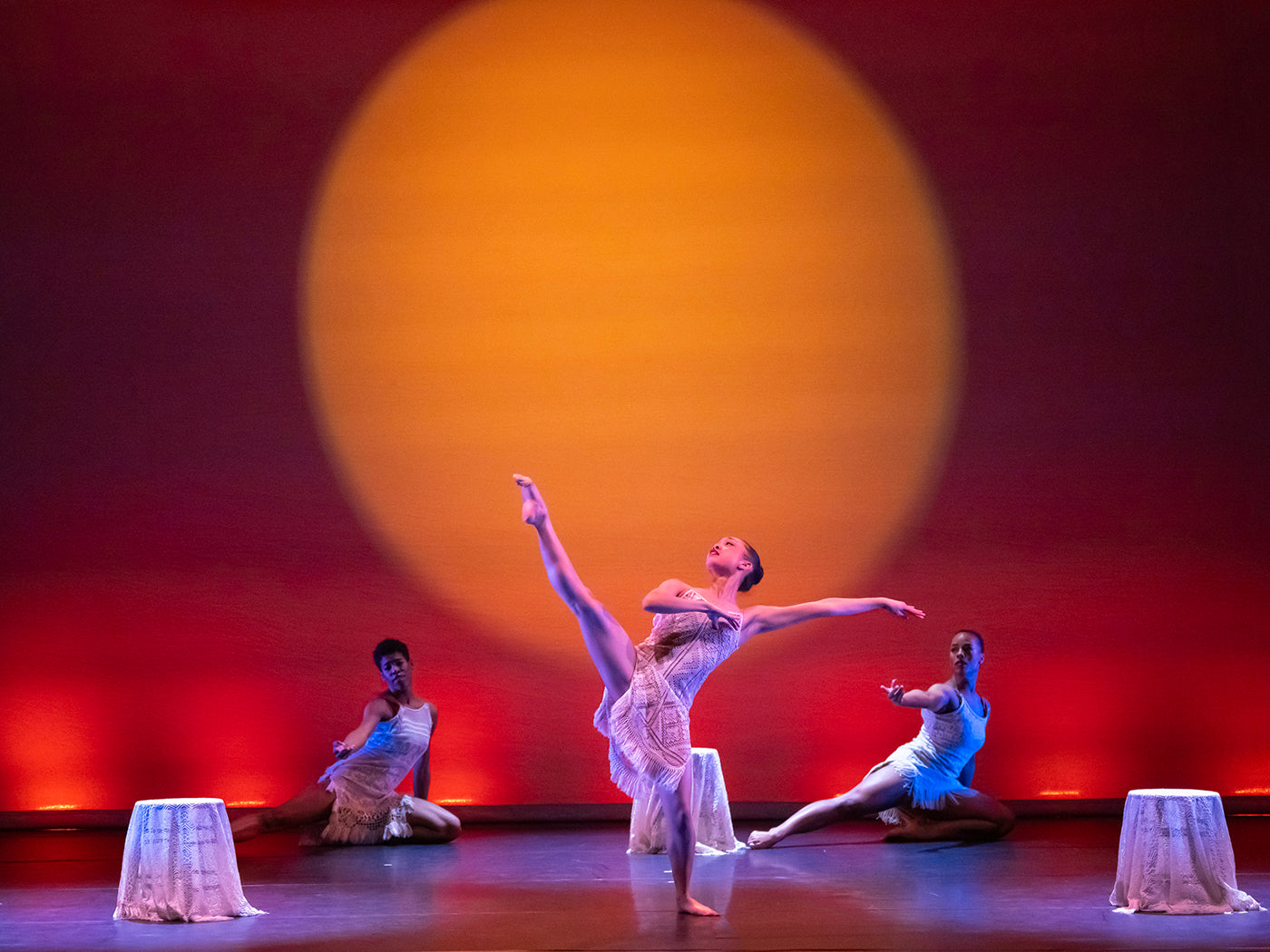
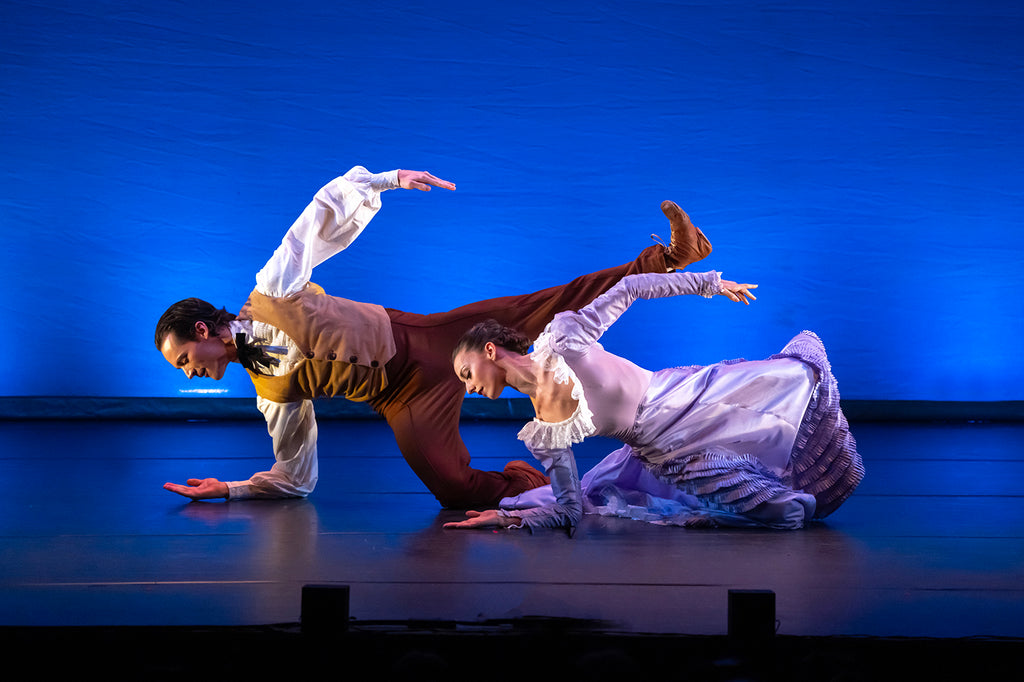
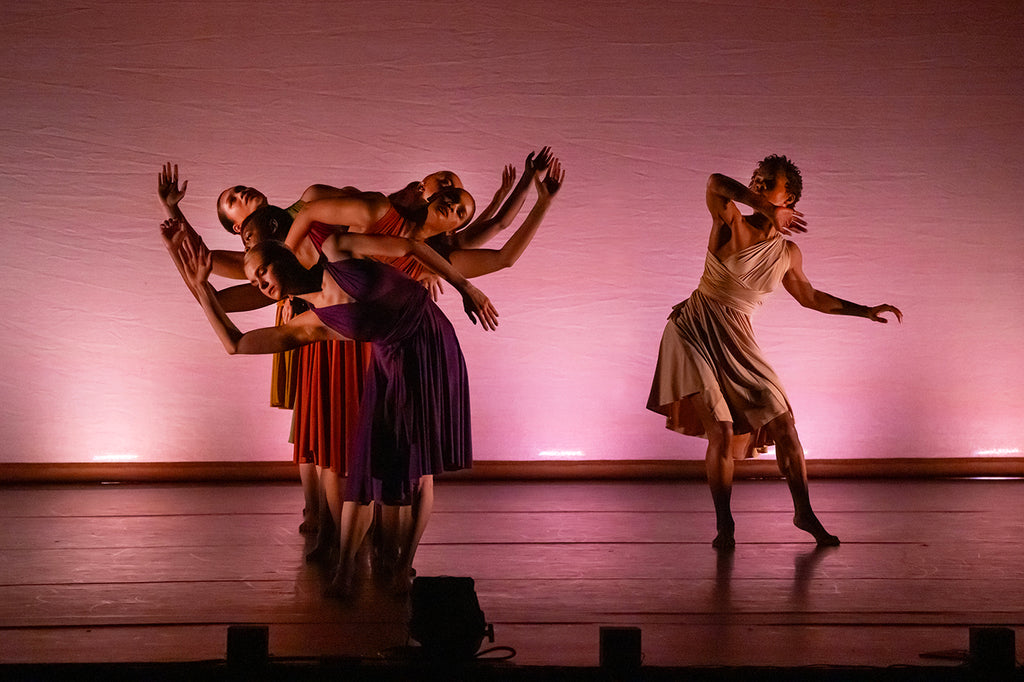
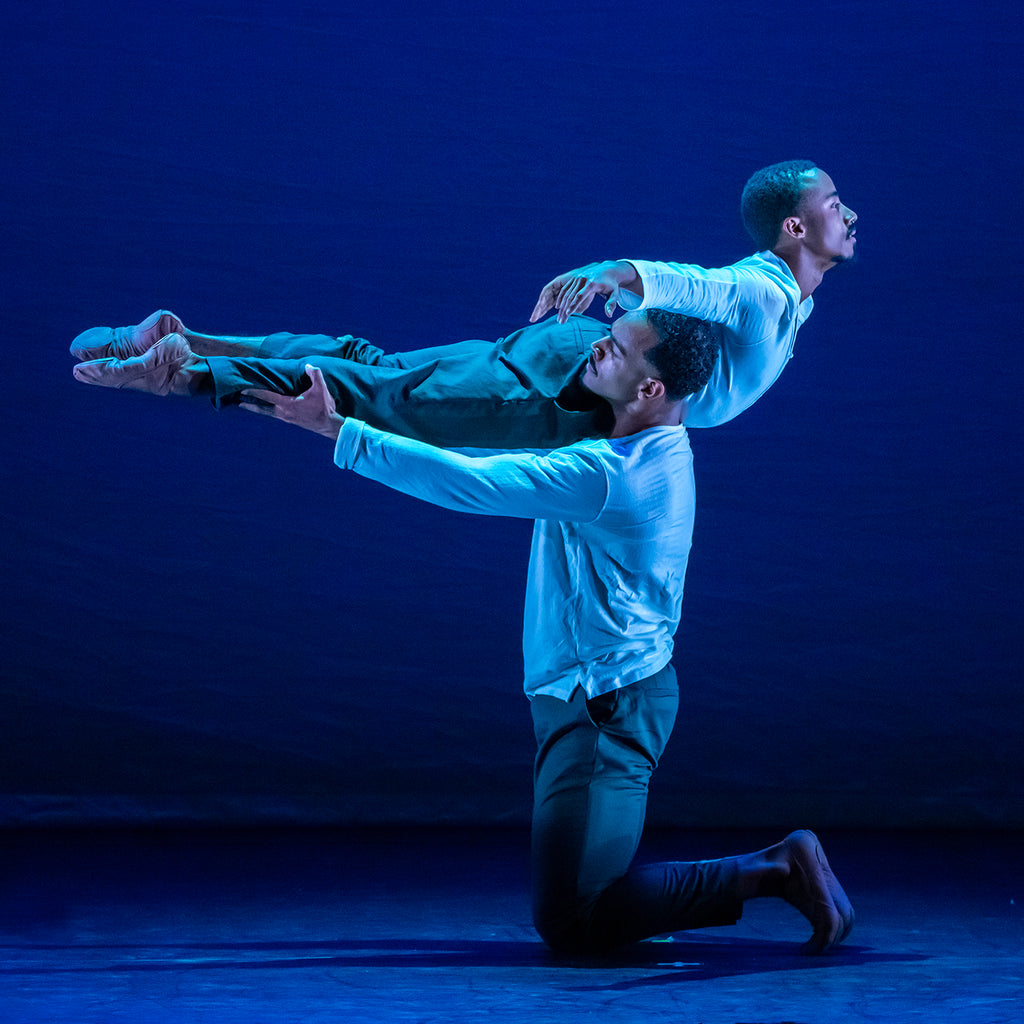
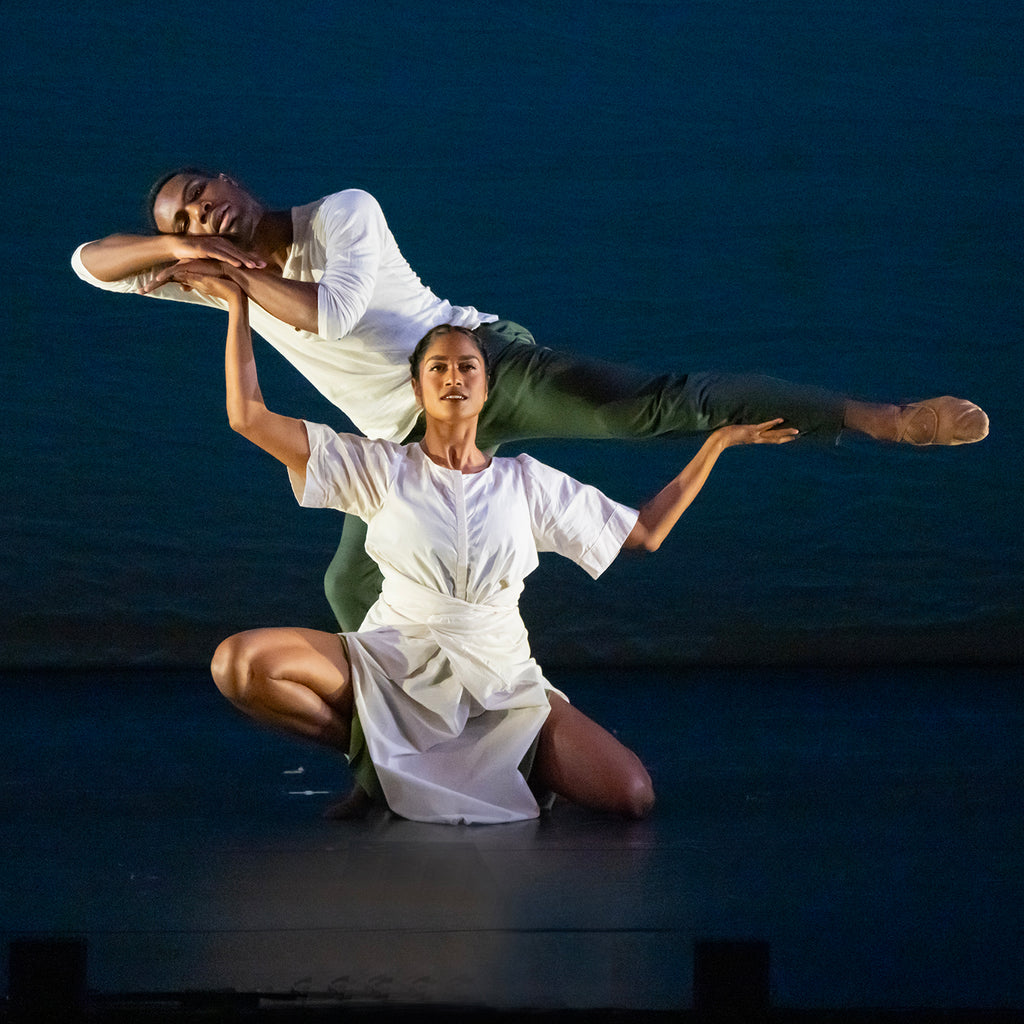




comments